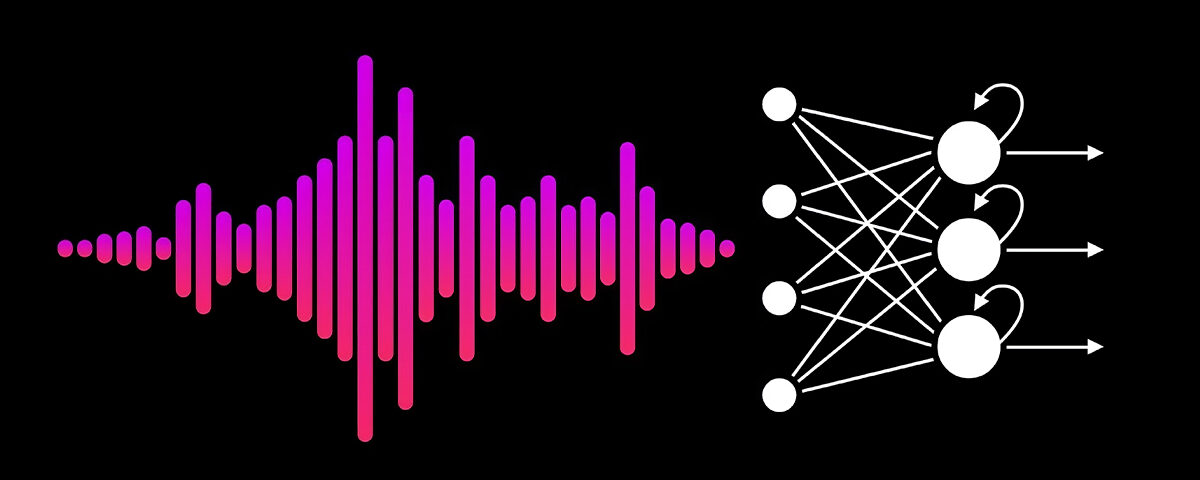Emotion and Sentiment Analysis in Audio – Discovering the Power of AI
In the realm of Artificial Intelligence (AI) and Natural Language Processing (NLP), Emotion and Sentiment Analysis have made significant strides in recent years. Initially confined to text data, these technologies have now expanded to analyze audio recordings, opening up a whole new dimension of possibilities. Emotion and Sentiment Analysis in audio leverages advanced machine learning algorithms to detect, interpret, and comprehend the emotions and sentiments conveyed in speech. This transformative application of AI has found diverse use-cases, including market research, customer feedback analysis, and mental health monitoring.
Understanding Emotion and Sentiment Analysis
Emotion and Sentiment Analysis refer to the automated process of identifying emotions and sentiments present in a piece of content, whether it’s text or audio. Emotions typically represent complex feelings or states of mind, such as happiness, sadness, anger, fear, and more. Sentiments, on the other hand, generally represent attitudes or opinions, including positive, negative, neutral, or even specific emotions tied to them.
The integration of AI in this domain has paved the way for a wide range of applications. In the context of audio analysis, AI-powered systems can identify patterns, prosody, and speech acoustics to extract valuable information about the speaker’s emotional state and the underlying sentiment behind their words.
Emotion and Sentiment Analysis in Audio
Emotion and Sentiment Analysis in audio involves multiple stages of processing:
- Speech Recognition: The first step is to convert the audio into textual data. This is achieved through Speech Recognition systems that transcribe the speech into a readable format.
- Feature Extraction: Once the audio is transcribed, relevant features are extracted. These features can include pitch, volume, tempo, spectral characteristics, and more. These acoustic features help in understanding the emotional characteristics of the speech.
- Emotion and Sentiment Classification: The extracted features are then used to train machine learning models. These models are capable of classifying the audio into various emotional states (e.g., happy, sad, angry) and sentiments (e.g., positive, negative, neutral).
- Contextual Analysis: Emotion and Sentiment Analysis in audio often involve considering the context of the conversation. This context-aware analysis allows for more accurate and nuanced understanding of emotions and sentiments.
Applications in Market Research
Emotion and Sentiment Analysis in audio have immense potential in market research. Understanding consumer emotions and sentiments can provide companies with invaluable insights into their products, services, and advertising campaigns. By analyzing customer interviews, focus group discussions, and social media audio content, businesses can gauge the effectiveness of their marketing strategies, uncover customer preferences, and identify pain points.
Moreover, real-time sentiment analysis during customer support calls can help businesses address customer issues promptly and improve overall customer satisfaction. It enables companies to gather feedback more effectively, leading to enhanced products and services tailored to customer needs.
Customer Feedback Analysis
Incorporating Emotion and Sentiment Analysis in audio can also revolutionize customer feedback analysis. Companies often receive a vast amount of audio feedback from their customers through calls, voicemails, and recorded messages. Traditional methods of manual review are time-consuming and inefficient. AI-powered systems, however, can automatically process this audio feedback, categorize sentiments, and provide comprehensive insights to businesses. This not only saves time but also ensures that no valuable feedback is overlooked.
Mental Health Monitoring
Beyond business applications, Emotion and Sentiment Analysis in audio hold great promise in the field of mental health monitoring. AI-driven systems can assist mental health professionals in assessing a patient’s emotional state by analyzing their speech patterns. Changes in emotional expressions or shifts in sentiment could indicate potential mental health concerns, such as depression, anxiety, or stress.
By continuously monitoring a patient’s audio interactions, mental health practitioners can provide timely interventions and personalized care. Moreover, the unobtrusive nature of audio analysis could be particularly beneficial for remote monitoring and early detection of mental health issues.
Challenges and Ethical Considerations
While the potential of Emotion and Sentiment Analysis in audio is exciting, it comes with certain challenges and ethical considerations. Ensuring the privacy and consent of individuals whose audio is being analyzed is of utmost importance. AI systems must comply with data protection laws and maintain transparency with users.
Additionally, there is a risk of bias in AI models, which may lead to inaccurate interpretations of emotions and sentiments. Developers must work to mitigate bias by using diverse and representative datasets during training and regularly updating models to improve accuracy and fairness.
Summary
Emotion and Sentiment Analysis in audio is a groundbreaking application of AI that offers numerous benefits across various domains. From market research and customer feedback analysis to mental health monitoring, AI-powered systems can revolutionize how we interact with audio data. As technology advances and ethical considerations are addressed, we can expect even greater insights into human emotions and sentiments, fostering a more empathetic and connected world. However, it remains crucial to strike a balance between technological advancement and safeguarding individual privacy and dignity. By doing so, we can harness the full potential of AI to enrich our lives and empower businesses and healthcare systems alike.


